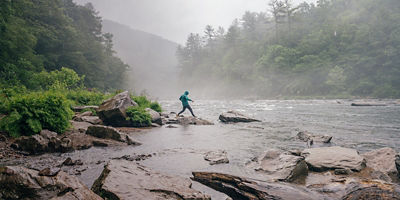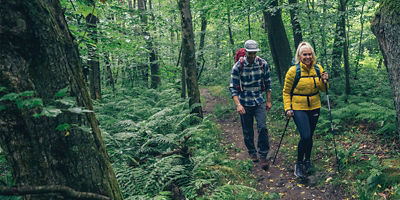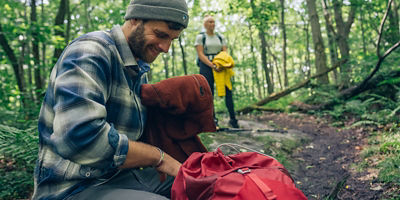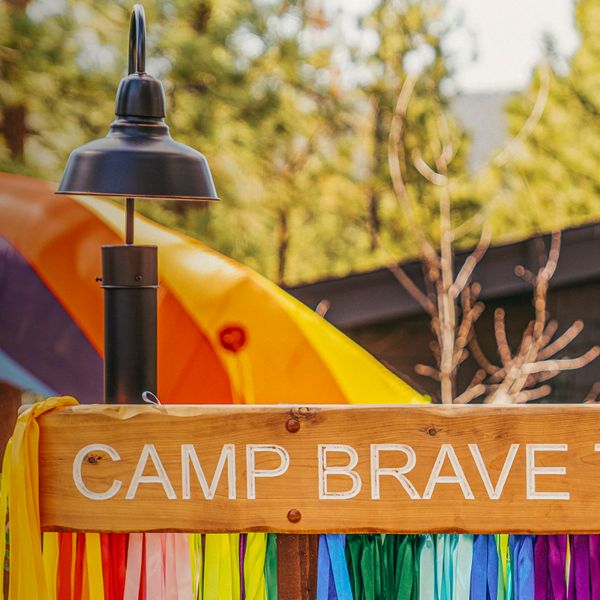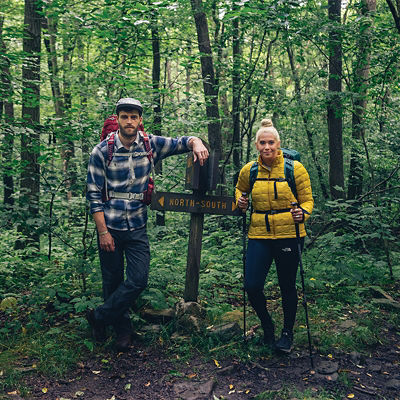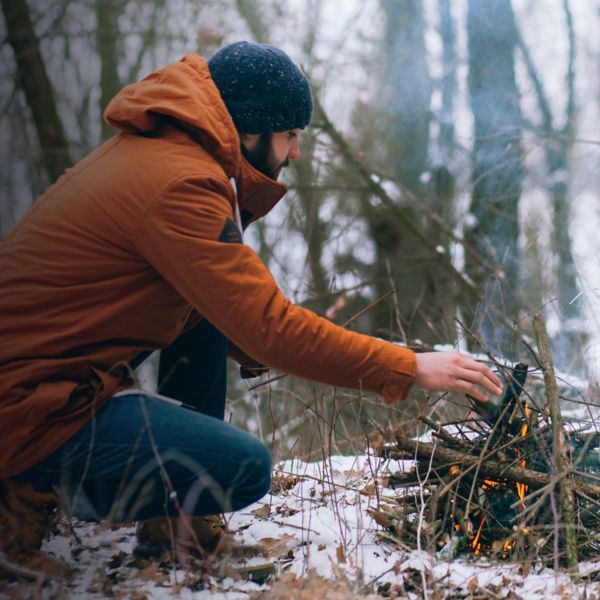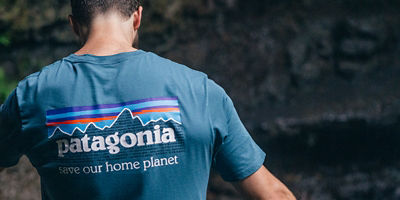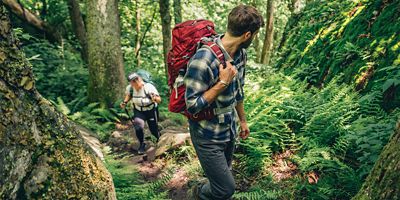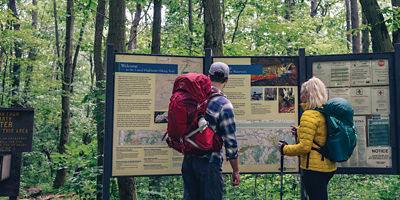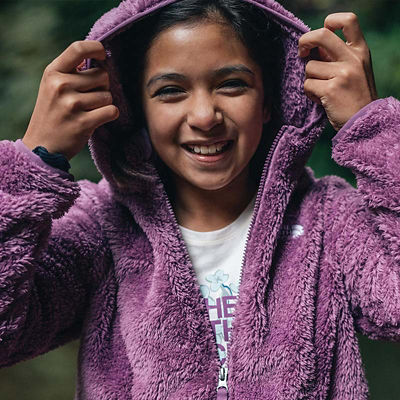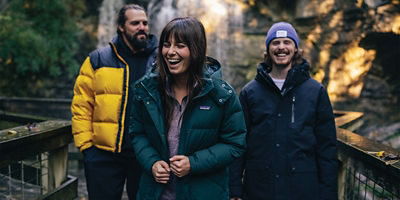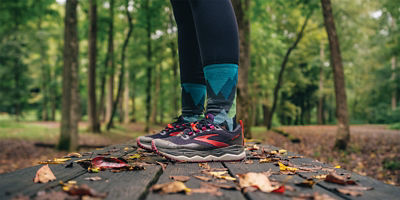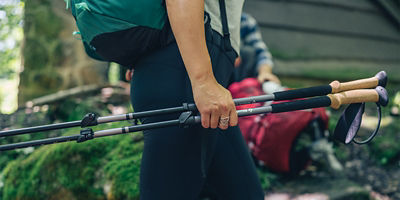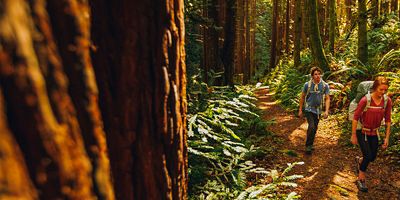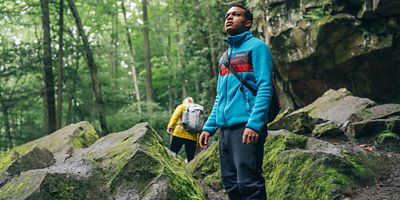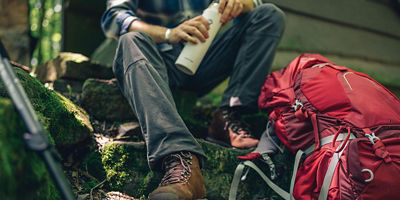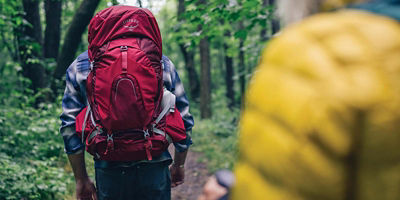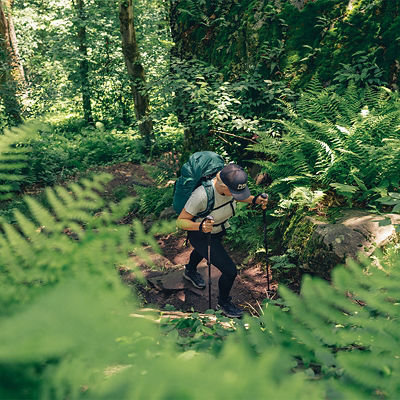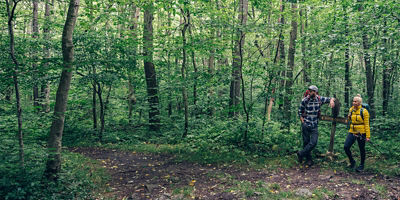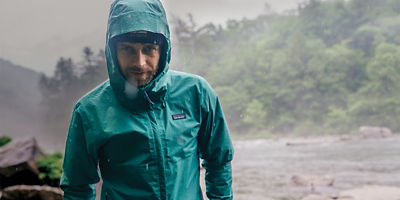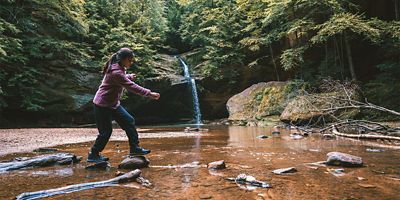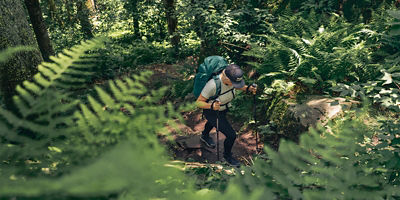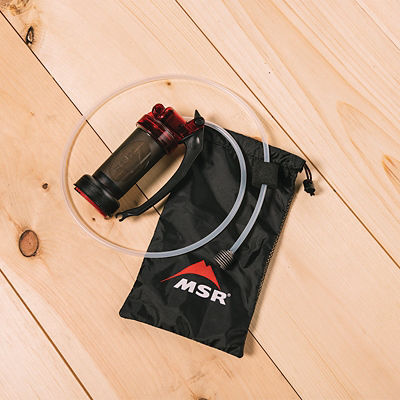
Backpacking truism No. 17: Everything tastes better when you eat it outdoors. Backpacking truism No. 18: There’s no hunger quite like the hunger you work up after hiking all day. Put these two together, and you have the potential for some truly memorable meals out on the trail—you’ll just need to plan your menu appropriately.
Figuring out what you’ll eat for a weekend (or a week) in the backcountry, far from a grocery store, can be a bit intimidating at first—but these guidelines will make sure you stay properly fueled from trailhead to trailhead.
In this article, you’ll learn:
- What kinds of food to pack for a backpacking trip
- Which key nutrients you’ll need
- How to pack the right amount of food
- How to pack your food for the trip
What should I eat?
Backpacking food needs to tick a few boxes. Lightweight, because you have to carry it all. Calorically dense, because you need to pack as much energy as possible into the least amount of food. Shelf stable, as you won’t have refrigeration. And generally, quick cooking, because you probably won’t want to spend the time and stove gas necessary to simmer something for 45 minutes. Here are some backpacking favorites that fit the bill.
Breakfast
instant oatmeal, grits, powdered milk, granola, instant coffee
Lunch
tortillas, peanut butter, sausage, salami, hard cheese, tuna or salmon pouches, tomato paste, jerky
Snacks
energy bars, trail mix, nuts, dried fruit
Dinner
Try this time-honored formula: quick-cooking carbs (instant mashed potatoes, pasta, couscous) + protein (beans, sausage, tuna) + cheese + spices and dried veggies. Even easier: Make or buy dehydrated, one-pot meals.
Dessert
chocolate, cookies, whiskey from a flask
Drinks
tea, hot chocolate, instant cider, instant soup
Note
All this isn’t to say that you can’t pack any fresh produce—in fact, fresh fruits and veggies make excellent snacks and meal add-ins, as they add welcome variety to typical backpacking fare. Just choose hardy ones that won’t get squished in your pack (apples, carrots, oranges), and eat them early in the trip so they don’t go bad and you don’t have to carry them the whole time.


